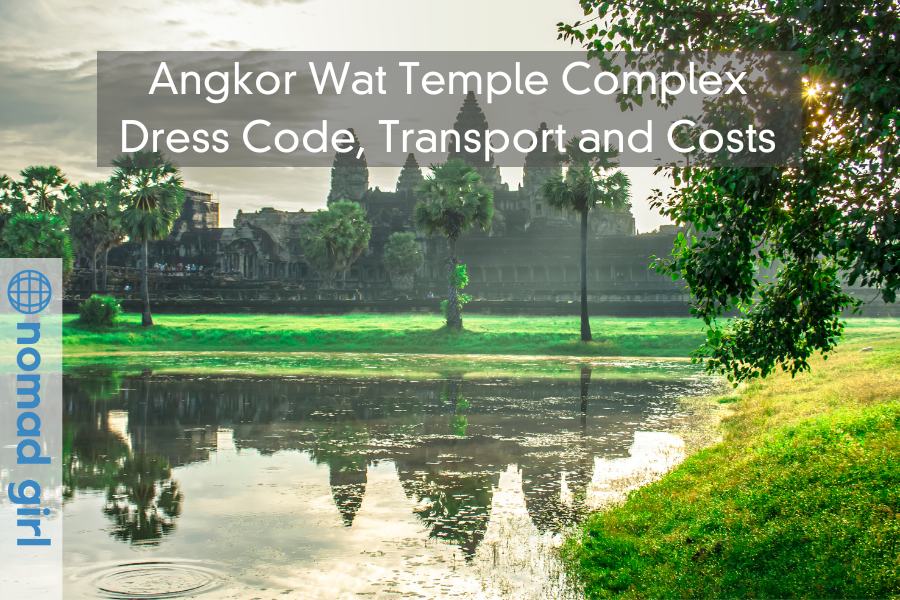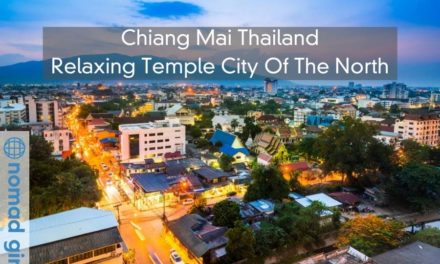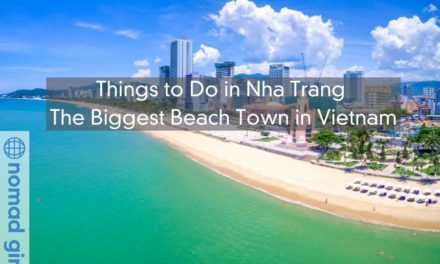Angkor Archaeological Park
So you would have heard of this site, seen the pictures of Angkor Wat, and initially is one of the main reasons you are here right?! Well, this was the case for me. I wanted to see and experience Cambodia and learn about Angkor Wat temples and learn more about the Khmer Rouge (more about that later).
Angkor Wat translates to Temple City in Khmer and is the largest religious type temple or monument in the whole world. The temples date back to as far as the early 12th century and were originally created and used as a Hindu religious site, although moved to a Buddhist site in the late 13th century.

Angkor Wat Temple History and Damage
The temples themselves are made from sandstone and are the perfect example of Khmer architecture, and it is common for visitors to see workers on site maintaining and restoring sections of the temples that become eroded or damaged due to natural causes. The temples were also damaged in the Khmer Rouge, and if you opt to pay a guide they will point out certain areas that were damaged (or certain Hindu sculptures on walls that have had their heads knocked off!).

Angkor Wat Temple Survival Tips
When planning an exploration of the temples, bring a hat and a large bottle of water, and sunscreen, wear a top that covers your shoulders and don’t wear a mini skirt or short shorts. Being a religious site you should have longer shorts or skirts and a simple t-shirt is fine. Thongs are acceptable, although if you are walking and climbing stairs all day you might want to opt for some simple canvas slip ones or sneakers instead.

Angkor Wat Temple Costs
First – entry to the Temple site will cost US$20 a day, you can buy a three-day pass although this is US$60, so there’s no point in doing so. I found that one whole day was enough, as it’s very tiring walking, climbing and exploring for the whole day in the heat.
Angkor Wat Temple Transport Cost
Second – to get there, the temples are approximately 6km from Siem Reap town. I found the best and easiest way to get there, and around the temples was to hire a tuk-tuk and driver for around $10-$12 dollars for the whole day. You can decide what time they pick you up from your accommodation and what time you want to go home.

What time should I go, sunrise? sunset?
Some people go for sunrise, and others go for sunset. And like me, I went after breakfast and was home for an early dinner. You can organise this the day before with any tuk-tuk driver off the street, or with the in-house tuk-tuk driver at your accommodation.
Getting there – hire a tuk-tuk for the day
If looking to save on money, pair up with another solo traveller or as a group of 3 or 4, as there is enough room in the tuk-tuk and you can split the cost between you. Your tuk-tuk driver should be able to tell you some information about each of the different temple sites, show you on the map where you are and direct you on which way to walk and explore.
(There were some people that had ridden bicycles out to the temples, and were riding to each of the temple sites within the whole complex – considering that some temple groups are several kilometres apart, its really hot, and often rains, I didn’t think this was a good idea, and they did not look like they were having much fun either!)

Vendors at the Temple Sites
There are many locals selling bracelets, crafts, and food around the entrance of each temple. Such items are quite inexpensive compared to the markets in Siem Reap, and some vendors also sell beautiful paintings of the temples which make for great gifts.
By the end of the day, you will be tired, hot, sweaty, as well as very satisfied with the beautiful exploration that you have had around the temples. After a shower, you can relax in one of the many restaurants in Siem Reap over a slow dinner, some drinks, and watch the night unfold from the comfort of your seat.
Staying in Siem Reap
All visitors will be staying in Siem Reap, which is a great town to explore as well.
http://newsite.nomadgirl.co/exploring-siem-reap-cambodia-gateway-to-angkor-wat/


















